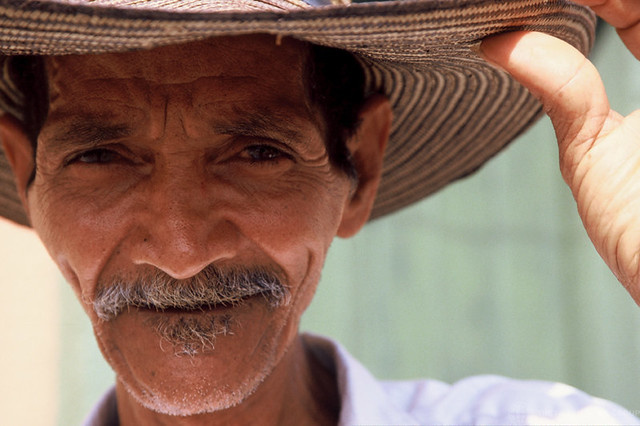Suriname is a small, natural-resource rich, upper-middle income country in South America with a population of approximately 623,000. The economy is driven by its abundant natural resources, with mining accounting for nearly half of public sector revenue and gold representing more than three quarters of total exports.
Strong economic growth, averaging 4.4%, was recorded from 2001 to 2014, mainly due to favorable commodity prices which made the country one of the fastest-growing economies in Latin America and the Caribbean. However, beginning in 2015, Suriname鈥檚 economy contracted, and the budget and balance of payments came under severe distress. Government revenue from mining fell sharply, foreign reserves were drained, and GDP growth contracted. By 2020, a severe fiscal and balance of payments crisis began to unfold in Suriname, which continued into 2021. Domestic vulnerabilities were exacerbated by the COVID-19 pandemic, leading to a sharp GDP contraction (16.0 percent in 2020), and increasing unemployment and poverty.
Suriname is one of the most vulnerable countries in the world to the impact of flooding. The country is prone to periodic flooding due to heavy rainfall, especially when combined with spring tides. Approximately 87 percent of Suriname鈥檚 population lives along the coastal plain and flooding affects most of the population and an estimated 90 percent of human activities. Flooding is exacerbated by poor drainage in the relatively highly populated urban areas on the coast, such as the capital city of Paramaribo.
The country started seeing moderate economic recovery in 2022 with real GDP expanding by 2.4 percent, and further improved to 2.8 percent in 2024. However, high inflation and currency instability remain major challenges. Inflation moderated to 8.0 percent year-on-year in June 2025, down from 16.2 percent one year earlier. Successful debt restructuring and adherence to fiscal prudence will help the country restore debt sustainability and economic stability.
Fiscal adjustments could benefit the poorest Surinamese, within the context of the macroeconomic stabilization program. Poverty assessments indicate that in 2022 about 20.9 percent of the population lived below the World Bank鈥檚 upper middle-income poverty line of US$8.30 (2021 PPP) per day.[1]
The discovery of several offshore oil deposits in 2020 could result in positive long-term growth and fiscal prospects for Suriname, although production is not expected to start until mid-2028. Suriname's reliance on the oil industry could make it more susceptible to fluctuations in commodity prices and have negative environmental impacts. To minimize these risks and establish a foundation for efficient and equitable management of oil revenues, it will be crucial to strengthen governance institutions and enhance human capital.
[1] Macro Poverty Outlook 2025.
Last Updated: Oct 08, 2025


